A Protocol
“I should like my devout man or woman to be the best dressed person in the company” - St Francis De Sales
“It is in as bad taste to receive your morning calls in an elaborate evening dress as it would be to attend a ball in your morning wrapper”1
A few posts ago, I promised to expound on the idea that “pervasive social anxiety is caused by lack of etiquette and norms.” I thought to save this for December, since December is party season. You might currently be bombarded by holiday lookbooks and gift guides, this will not be one of those, but I will offer for consideration some of the reasons to put care into the way you show up for holidays and every day.

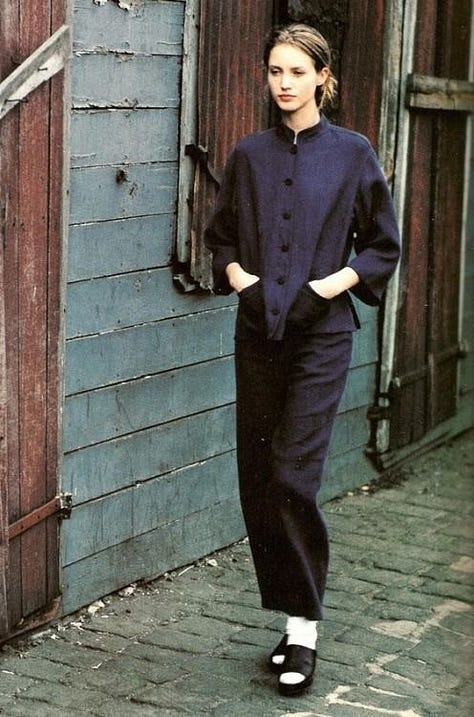

In my book club there was recently a bit of a disagreement concerning how we should frame or articulate expectations for our appearance. This occurred after one member approvingly shared an anecdote in which she gave a mutual acquaintance a compliment (along the lines of “you always look so put-together and lovely”), and the woman responded that as a young mom she felt an obligation to unmarried women to look nice and to dress well. She did not want her appearance to lend any credibility to the popular idea that motherhood is drudgery, and marriage a pit where attractive and vibrant women go to become weary and dejected.
The objection was raised- what if I do not have the means to look so “nice?” what if I have no style, or I am not conventionally attractive? What if I never bother with my hair and I like to be comfortable?
While it is surely true that some of us are not particularly gifted on the fronts of looks, means, style, or even time for morning toilette, it is also true that we all have an obligation to those around us to care for ourselves. Everywhere we look, people are in their exercise gear, their pajamas, their lounge wear. Those with bathrooms in their own homes go about with hair uncombed and face unwashed. Even little children are put in sweatsuits day in and day out. The firehose of casual and immodest clothing is much more insidious than the deliberately provocative. Not that I advocate for intentional scandal, but the lie in all of our skin-tight and sloppy clothes is that “its just to be comfortable” and “its so convenient.” The result is that, in America, a societal standard of basic respect for others is sacrificed on the altar of convenience. We choose to forgo any vestige of our obligation to those around us and therefore contribute to societal rot.
Many of us are numb to this affect. A lack of norms of dress, of clothing protocol for our daily contexts, also betrays our dying culture… clothing is social lubricant and should portray the mutual dignity and respect necessary to build a healthy society. Social Anxiety Disorder is on the rise in the United States, in part (I suspect) because in the name of tolerance and individualism we have thrown out protocol. People are healthier and happier within a set of liberating parameters, fashion included. Within American society, there used to be general expectations of dress for each context a person would find themselves in— bed& breakfast, errands and calling on friends, sports& recreation, more elevated daytime and evening events, dinners, church, weddings and funerals.
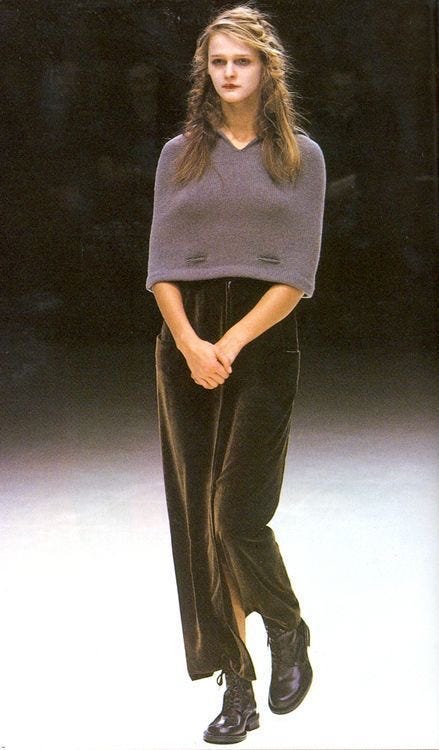

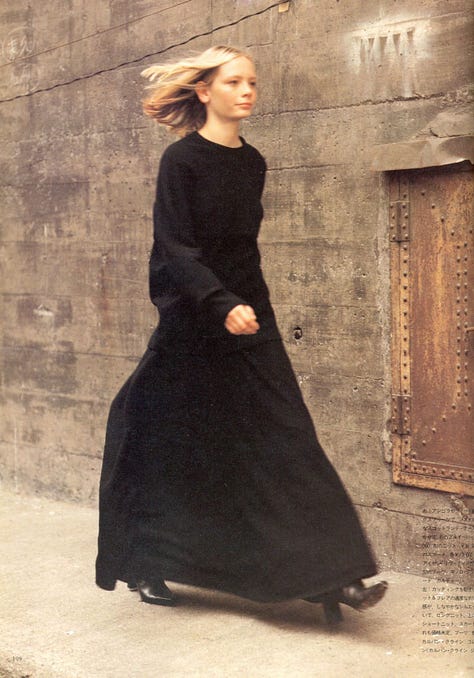
Here are two videos I enjoyed that enrich this conversation:
Mina Le’s video The Death of Personal Style (she is greeeat. Her politics are quite different than mine, but her videos are so articulate, well researched, and she gives so much food for thought.) In this particular video, Mina Le discusses the idea of “a personal uniform.” In other words, having a pre-determined cadre of what you would wear for a particular type of day, rather than exhausting yourself each morning trying to create something from scratch.
Hannah Louise Poston’s How to Match Your Wardrobe to Your Lifestyle. I think this is the only video of hers that I have ever watched. But if you love lists or spreadsheets, or developing a personal Rule of Life, this video contains some great advice: 1. Write down every context you find yourself in any given month. 2. Tally how often each one occurs 3. Determine how you ought to dress for each context 4. Curate, shop, or sew accordingly
To return: “as a young mom she felt an obligation to unmarried women to look nice and to dress well. She did not want her appearance to lend any credibility to the popular idea that motherhood is drudgery, and marriage a pit where attractive and vibrant women go to become weary and dejected.”
This is an admirable sentiment and a formula that all of us should adopt. If what we desire is a renewal of American culture, which includes a genuine effort to combat widespread loneliness, social anxiety, and isolation, it starts with each of our social networks and with healthy family bonds. We aren’t supposed to be salesmen for getting married and having children, but family formation that endures several generations is the mark of a healthier, happier society.2 And it is undeniably attractive to exhibit that you have the energy and goodwill to dress yourself for the day. Younger cousins, unmarried friends, people on the fence about welcoming children into their life, read between the lines when you show up to the holiday party clean, well-dressed, with your children’s faces scrubbed and “church shoes” on their feet.3 As Emily Post says—
“What makes a brilliant party? Clothes. Good clothes. A frumpy party is nothing more nor less than a collection of badly dressed persons. People with all the brains, even all the beauty imaginable, make an assemblage of dowds, unless they are well dressed.
Not even the most beautiful ballroom in the world, decorated like the Garden of Eden, could in itself suggest a brilliant entertainment, if the majority of those who filled it were frumps—or worse yet, vulgarians!”4
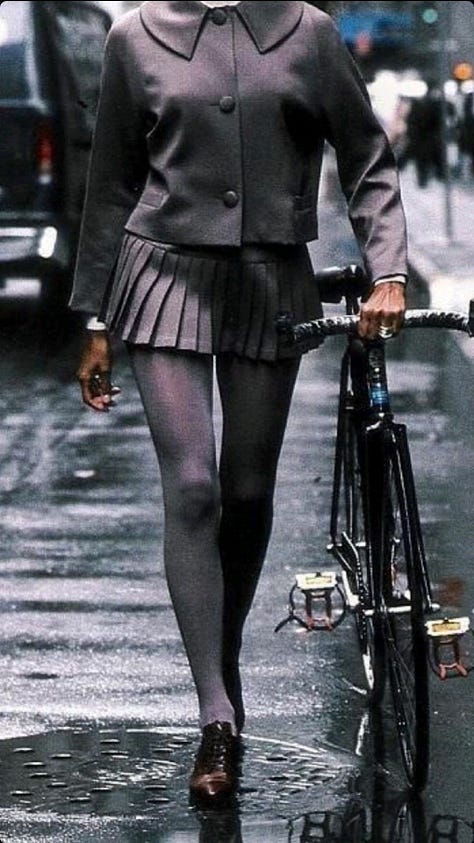
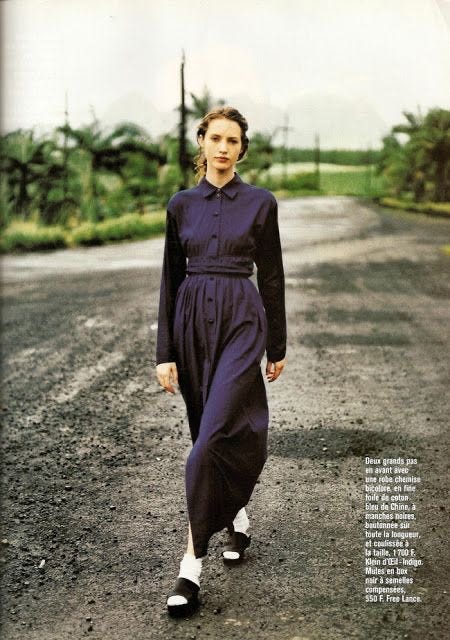

St. Francis De Sales wrote in An Introduction to the Devout Life, “I should like my devout man or woman to be the best dressed person in the company.” He instructs his lay spiritual directees to dress in the following way:
“As far as possible you should avoid all dirt or untidiness… As to the material and fashion of clothes, propriety in these respects depends upon various circumstances, such as time, age, rank, those with who you associate; and it varies on different occasions…
“Study to be neat, and let nothing about you be slovenly or disorderly. It is an affront to those with whom you associate with to be unsuitably dressed.”
All to encourage us to build a protocol of dress for ourselves and our families.
As someone who used to work in a fashion context every day and is now a homemaker, it is difficult to shift your wardrobe to a new rhythm of life. Take whatever shift you’re in, whether it is seasonal or a life event, and use it as an opportunity to create a Rule of Life that makes your day and your interactions in your community more intentional.

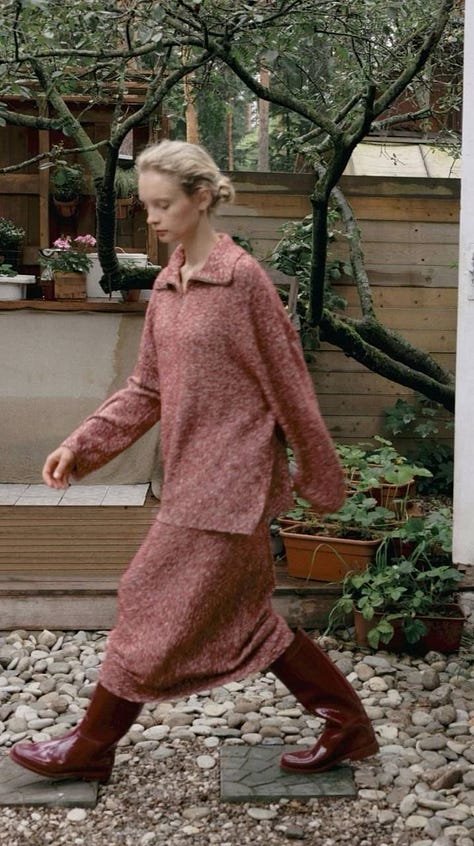
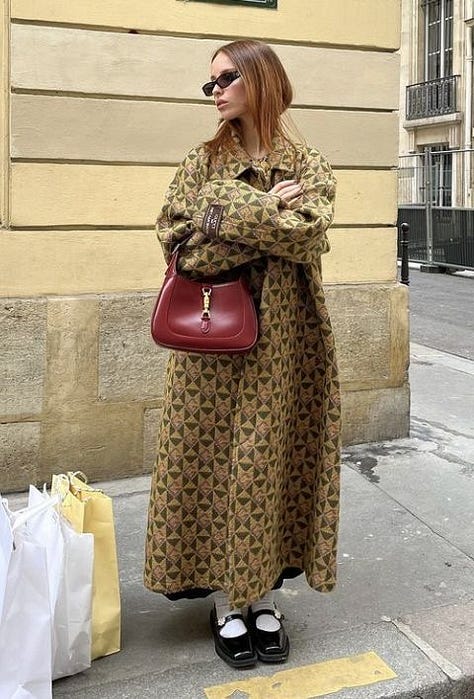
The Ladies’ Book of Etiquette and Manual of Politeness, pg 23 (1872)
https://pubmed.ncbi.nlm.nih.gov/16158731/
Children learn by living. They are more likely to be well-adjusted adults if you teach them the ritual of dressing for various contexts in childhood. Please don’t leave your children in their pajamas all day.
Emily Post, Etiquette In Society, In Business, In Politics And At Home, Chapter XXXIII “Dress”
*All images were pulled from Pinterest*


Thank you Emma! Makes me think of Pvb 31
love love love. it really does send a message to those around you when you make yourself presentable. my sister and I laugh every year at the idea of carefully planning an outfit and doing our hair and makeup for Thanksgiving dinner at home, yet we do it anyway, because we want to tell our family that they are worth our time and effort. when I used to go to a 6am daily Mass, I always planned my outfit and hair the night before so that I would never have to show up to church in a "thoughtless" outfit. it's something we owe to both God and neighbor